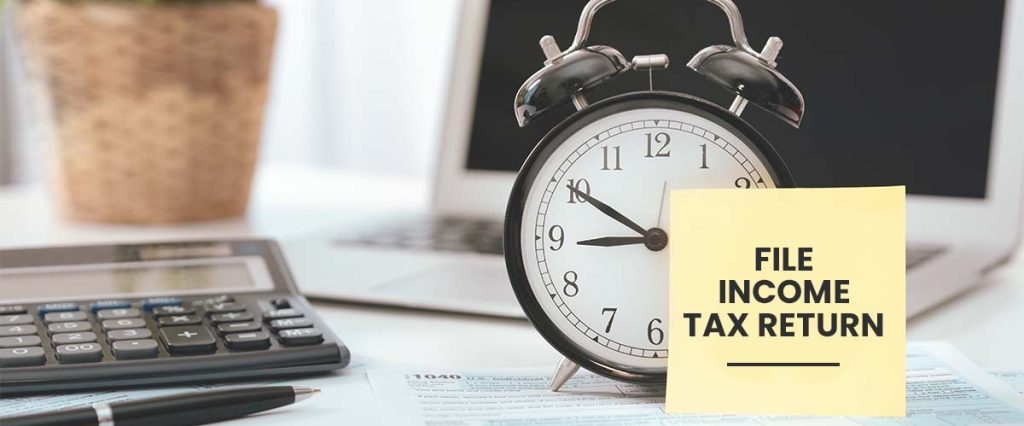Know How To Calculate & File Long-Term Capital Gains Tax on Mutual Funds

Understanding and navigating the world of taxes can often feel daunting, especially when it comes to long-term capital gains tax on mutual funds. However, with the right knowledge and guidance, calculating and filing this tax can become a manageable task. In this comprehensive guide, we will explore the intricacies of long-term capital gains tax on mutual funds, offering step-by-step instructions and valuable insights to help you navigate this process with ease.
What are Long-Term Capital Gains?
Before delving into the details of calculating and filing long term capital gain taxation on mutual funds, it is essential to understand what long-term capital gains are. In simple terms, long-term capital gains refer to the profits earned from the sale of an investment asset that has been held for more than one year.
When it comes to mutual funds, long term capital gain taxation is applicable when you sell your mutual fund units after holding them for more than one year. The tax rate for long-term capital gains is generally lower than that for short-term capital gains, making it a favorable option for many investors.
Calculating Long-Term Capital Gains Tax on Mutual Funds
Calculating long-term capital gains tax on mutual funds involves a few key steps. Let’s break them down:
- Determine the Cost Basis: The cost basis refers to the original purchase price of the mutual fund units. To calculate the cost basis, you need to consider the purchase price, any reinvested dividends, and any additional purchases made over time.
- Calculate the Capital Gain: Once you have determined the cost basis, you can calculate the capital gain. This is done by subtracting the cost basis from the selling price of the mutual fund units.
- Apply the Tax Rate: The tax rate for long-term capital gains depends on your income tax bracket. The rates can vary, so it’s important to refer to the current tax laws and rates provided by the IRS.
- Determine the Taxable Amount: To determine the taxable amount, multiply the capital gain by the applicable tax rate. This will give you the amount of tax you owe on the long-term capital gain.
Filing Long-Term Capital Gains Tax on Mutual Funds
Filing long-term capital gains tax on mutual funds follows a similar process to filing other types of taxes. Here are the steps to ensure a smooth filing process:
- Gather the Necessary Documents: Before you start filing your taxes, gather all the relevant documents, including your Form 1099-B, which provides information about the proceeds from the sale of your mutual fund units.
- Complete Schedule D: Schedule D is the IRS form used to report capital gains and losses. You will need to complete this form to report your long term capital gain taxation from mutual funds.
- Include the Capital Gain in your Tax Return: Once you have completed Schedule D, transfer the information to the appropriate section of your tax return. This will ensure that the long-term capital gain is included in your overall tax calculation.
- Pay any Taxes Owed: If you owe taxes on your long-term capital gains, make sure to pay the amount owed by the tax deadline to avoid penalties and interest.
It’s worth noting that tax laws and regulations can change, so it’s important to stay updated with the latest information from the IRS or consult with a tax professional to ensure accurate filing.
Conclusion
Navigating the world of long term capital gain taxation on mutual funds may seem complex at first, but with the right understanding and guidance, it can become a manageable task. By following the steps outlined in this guide and staying informed about current tax laws, you can confidently calculate and file long-term capital gains tax on mutual funds. Remember to gather all the necessary documents, complete Schedule D, and include the capital gain in your tax return. By adhering to these guidelines, you can ensure compliance and avoid any potential penalties.








